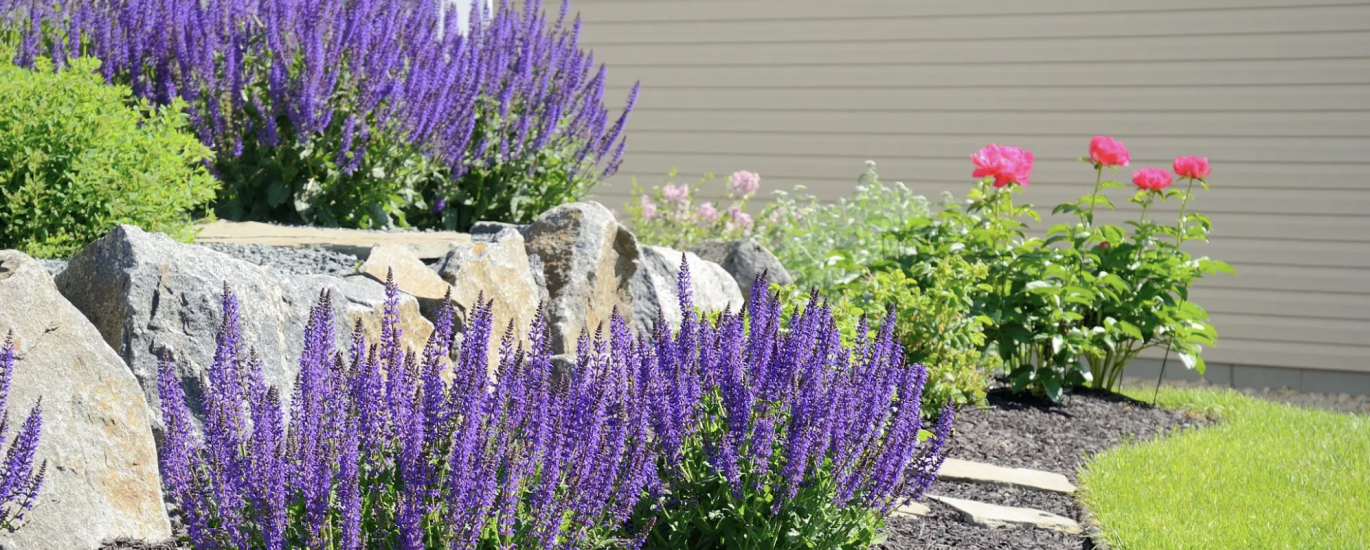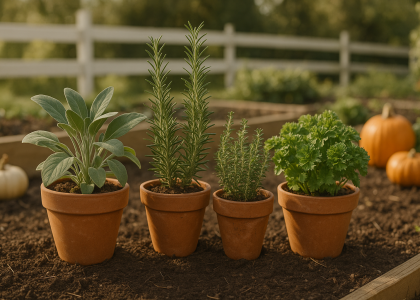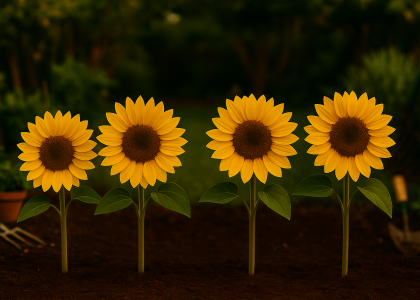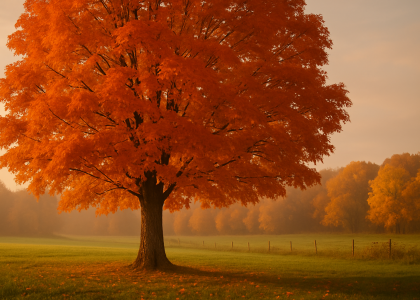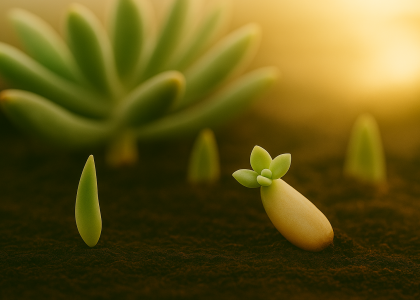Looking for a flower that thrives in heat, sips water lightly, and turns your garden into a pollinator haven? Salvia, with its vivid blue, red, and purple spires, might be your perfect match. A beloved member of the mint family (Lamiaceae), Salvia—also known as sage—offers both ornamental beauty and environmental benefit. From calming hues to buzzing butterflies, it's a garden essential for those who seek harmony between style and sustainability.
What is Salvia?
Salvia is a genus of over 900 species, ranging from culinary herbs to ornamental perennials and annuals. In the context of decorative gardening, we focus on ornamental salvias, prized for their long blooming seasons, drought tolerance, and pollinator magnetism.
Common garden varieties include:
- Mystic Spires Blue – Compact, bushy, and loaded with deep blue-purple flowers.
- Scarlet Sage (Salvia splendens) – A showstopper with flame-red blooms, often grown as an annual in cooler climates.
- Black and Blue Salvia – Striking cobalt blue flowers with dark bracts; beloved by hummingbirds.
- Salvia nemorosa – A hardy, clumping perennial ideal for cottage gardens.
Plant once, bloom all summer. Let nature take care of the rest.
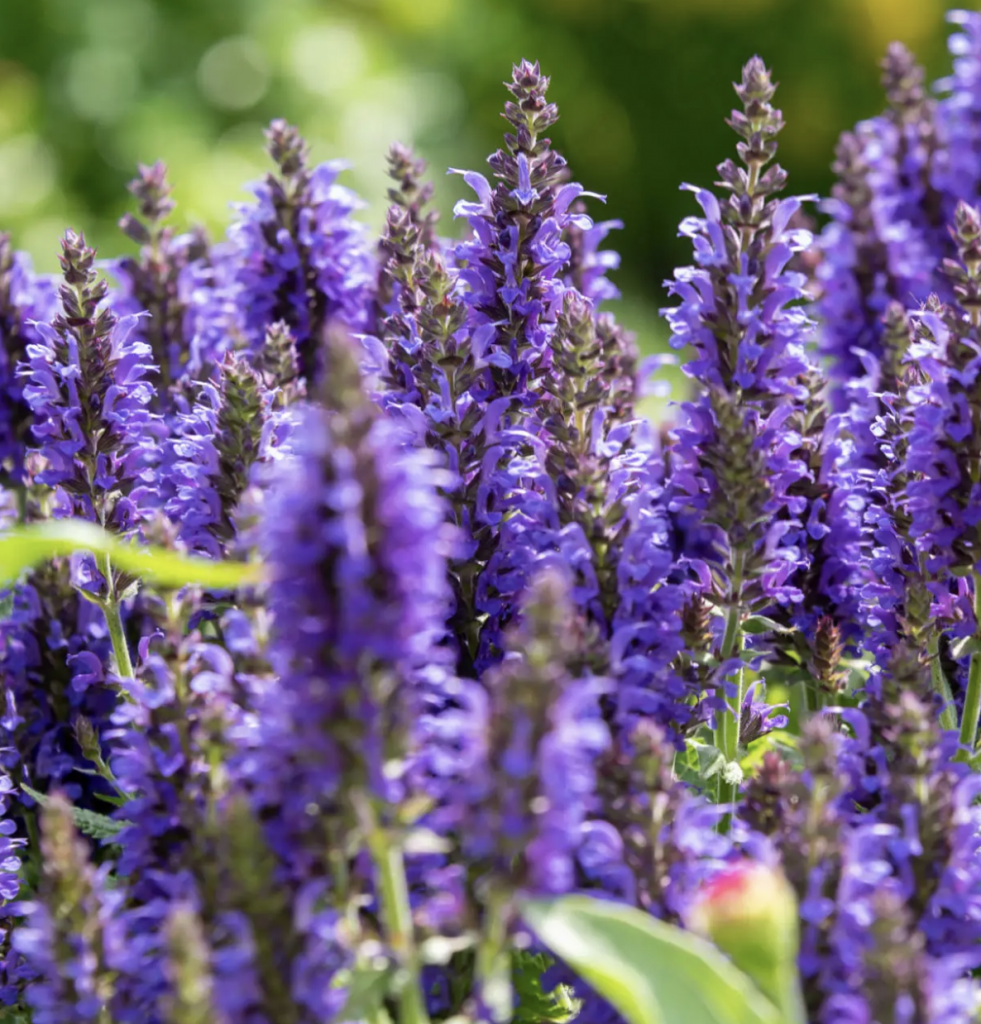
Sun-Loving & Heat-Resistant
Salvia is the answer to hot, dry climates and low-maintenance planting. It thrives in full sun (6–8 hours daily) and tolerates heatwaves without wilting. This makes it one of the best plants for climate-resilient garden design.
Pro Tip: Best salvia for hot climates. Once established, perennial salvias need minimal watering. Just make sure soil drains well.
Biodiversity Booster: A True Pollinator Magnet
Planting salvia is one of the easiest ways to increase ecological richness in your garden. Its tubular flowers are nectar-rich and highly attractive to bees, butterflies, and hummingbirds.
- Bees: Especially love blue/purple salvias like Mystic Spires or Blue Hill.
- Butterflies: Flutter joyfully around red and pink varieties.
- Hummingbirds: Can’t resist the rich nectar of Scarlet Sage and Black & Blue.
Salvia is not just a flower—it’s an ecosystem enhancer.
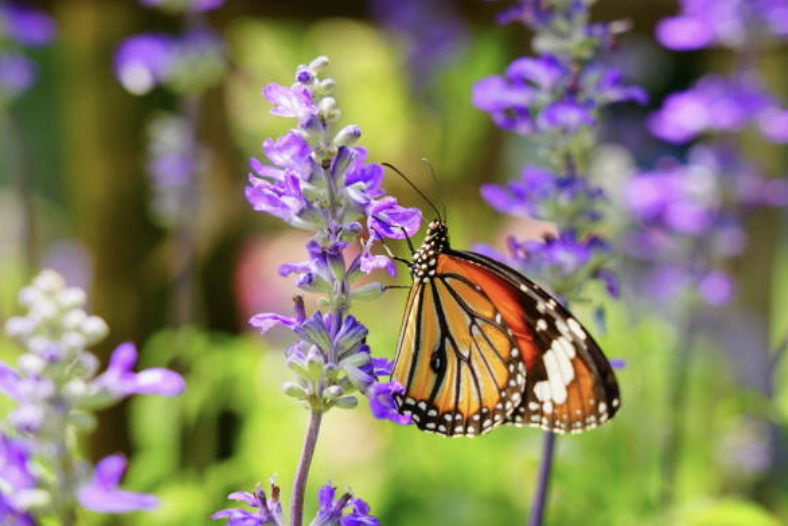
Long Blooming Joy: Color That Lasts All Summer
Salvias are among the longest-blooming perennials you can grow. Many start blooming in late spring and continue well into fall with only light maintenance.
- Deadheading spent blooms will keep new flowers coming.
- Many cultivars are deer-resistant and rabbit-resistant.
Salvia bloom all summer
Where and How to Grow Salvia
| Feature | Recommendation |
| Soil | Well-drained, slightly sandy or loamy |
| Watering | Low once established |
| Light | Full sun preferred |
| Zones | USDA 4–10, depending on variety |
| Spacing | 12–24 inches apart |
Great for:
- Sunny flower beds
- Pollinator or butterfly gardens
- Drought-tolerant landscapes
- Herbaceous borders
Mix with echinacea, lavender, and rudbeckia for a layered, eco-friendly look.
Salvia FAQs: What Beginners Often Ask
Q: Will salvia survive the winter?
A: Perennial varieties like Salvia nemorosa and Mystic Spires Blue are hardy in USDA zones 4–10. Apply mulch around roots in colder regions.
Q: Can I grow salvia in pots?
A: Absolutely! Use a large container with drainage holes, full sun, and low-nitrogen fertilizer. Water deeply but infrequently.
Q: How do I prune salvias for more blooms?
A: Lightly deadhead spent flowers throughout summer, and give a midsummer trim to encourage bushier growth and repeat blooming.
Q: What’s the best salvia for a small garden or balcony?
A: Mystic Spires Blue or Sallyfun Deep Ocean—they're compact, colorful, and easy to maintain.
For Beginners: Why Salvia Is a Dream Starter Plant
If you’re just starting your garden journey, Salvia is forgiving, resilient, and rewarding:
- Grows quickly from nursery plants
- Pest-resistant and easy to care for
- Offers dramatic color with little fuss
For many gardeners, tending to salvia is a mindful, healing ritual. Watching pollinators dance around their blooms is a daily dose of calm.
Garden with Intention: Healing Beauty, Sustainable Choice
Salvia brings more than color—it brings life, movement, and intention. By growing this drought-tolerant beauty, you're:
- Supporting pollinator health
- Conserving water
- Creating seasonal joy
Greenmuse Tip: Start with one pot of Mystic Spires Blue and one Scarlet Sage—you’ll be amazed at what they attract.
Download Your Free Guide
Want a printable version of this planting guide?
Download our PDF: “Start Your Pollinator Garden with Salvia”
Includes care checklist, best varieties, and bloom planner.
To learn more, please visit Greenmuse.io for beginner-friendly, eco-conscious gardening guides.
Related Reads You Might Like
- How to Design a Pollinator Garden That Blooms All Summer
- Best Drought-Tolerant Perennials for Climate-Smart Gardeners
- Mystic Spires vs. Scarlet Sage: Which Salvia is Right for You?
Grow what matters. Grow with Greenmuse.

